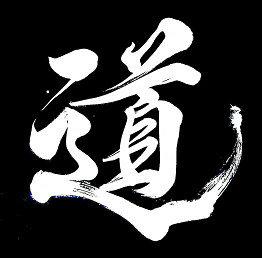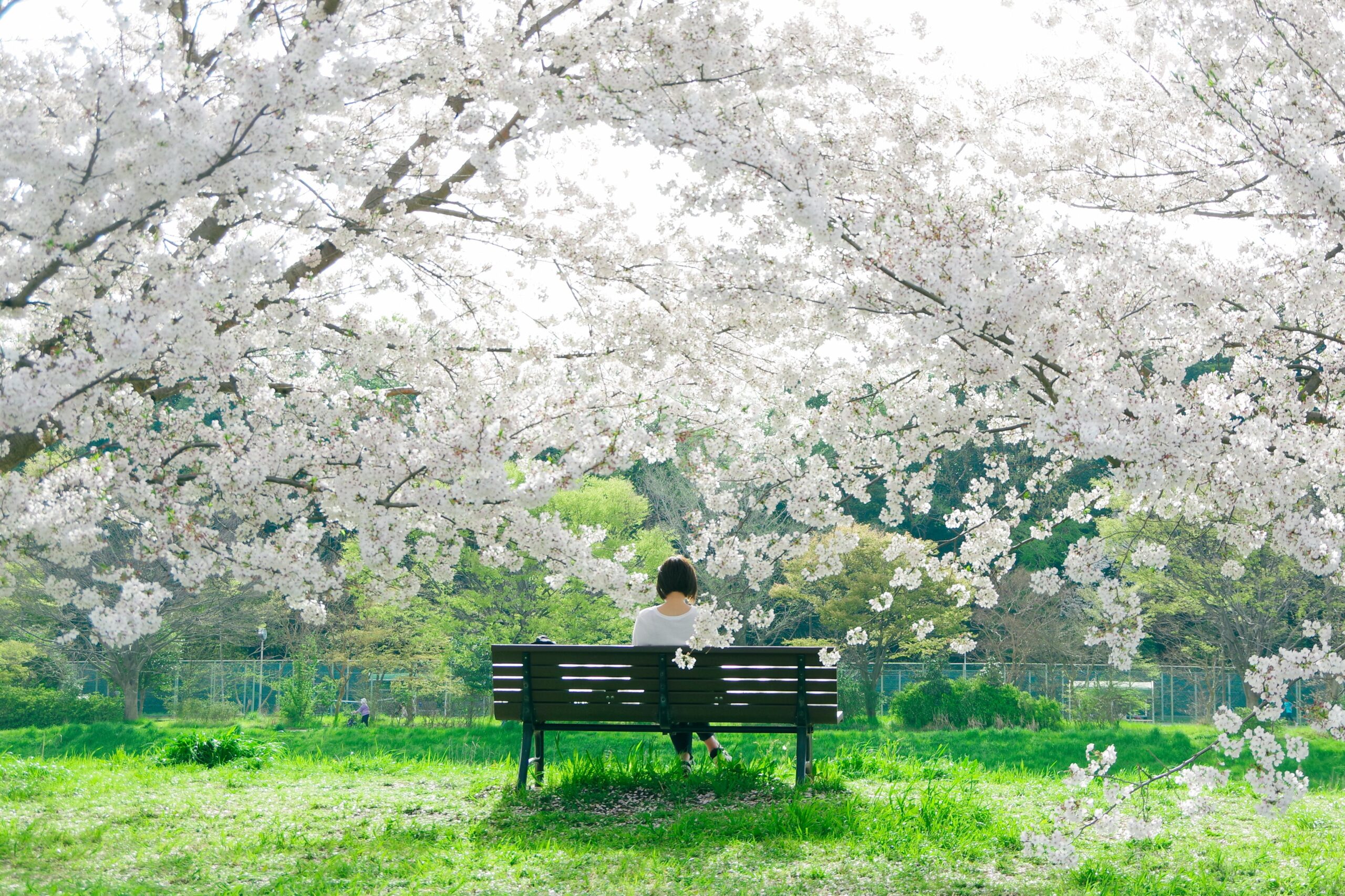Introduction
In Japan, many traditional sports and cultural practices incorporate the word “DO(道),” such as Judo(柔道), Kendo(剣道), Kado(華道, flower arrangement), and Sado(茶道, tea ceremony). While there are similar activities around the world—like wrestling, fencing, or flower arrangement—the Japanese versions that include “DO” convey a deeper meaning rooted in spiritual and moral discipline. This article explores the significance of “DO,” a concept central to Japanese identity.
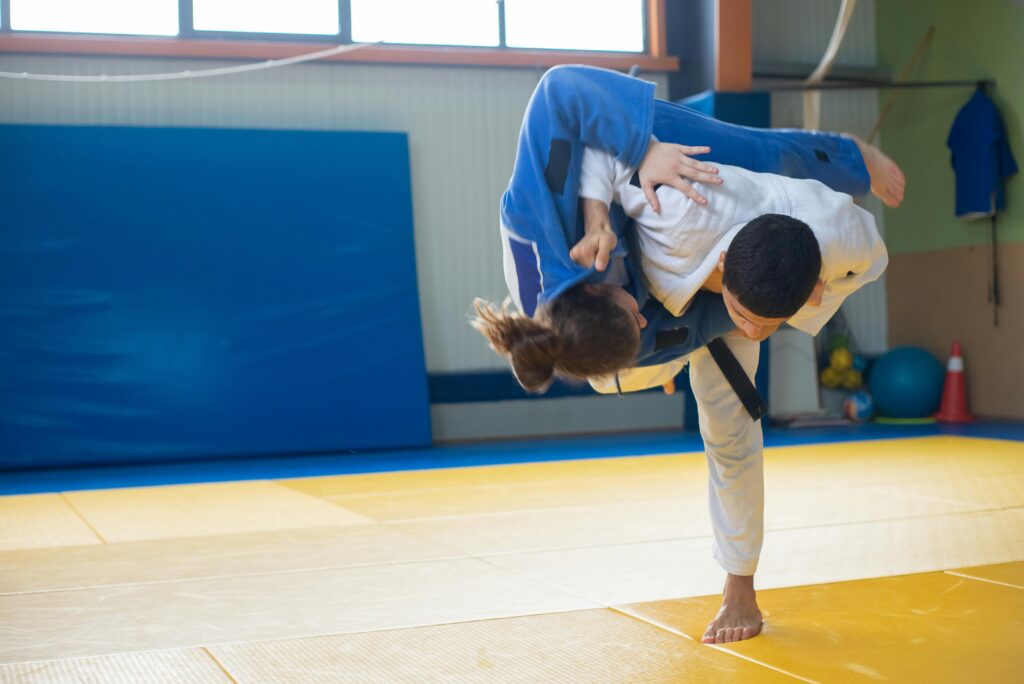
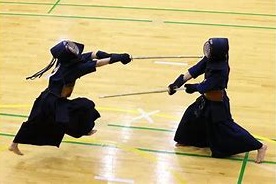

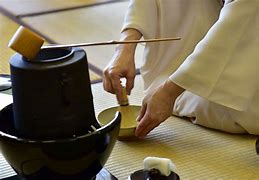
DO as Spirit and Philosophy

One notable example is “Bushido(武士道),” the way of the samurai, made famous globally by Dr. Inazo Nitobe, a Meiji-era educator and philosopher. His 1900 book, ‘Bushido: The Soul of Japan,’ published in the U.S., describes “DO” as a path of personal refinement and ethical conduct.
In daily language, “道” (pronounced ‘michi’ or ‘do’) can mean road, path, or trail. But in disciplines such as Judo or Kendo, it takes on a different meaning—the journey toward self-discipline, mental clarity, and moral development.
Understanding “DO” through Judo and Kendo
The Kodokan, the birthplace of Judo, preserves founder Jigoro Kano’s teaching:
“Judo is the way of using one’s mental and physical strength in the most efficient manner. Through training and practicing techniques for offense and defense, one disciplines and cultivates body and spirit, and thereby masters the essence of this way… The ultimate goal is personal perfection and benefiting society.”
Similarly, the All Japan Kendo Federation defines its philosophy:
“The concept of Kendo is to discipline the human character through the application of the principles of the katana (sword)… to cultivate a vigorous spirit, and pursue self-improvement, sincerity, courtesy, and peace.”
In both disciplines, victory is not the final aim. Rather, it is a byproduct of inner and outer cultivation—the true essence of DO.
Three Characteristics of “DO”
DO is best understood through three key characteristics: KATA (form), BA (place), and REI (bow).
1. KATA 形 – Form
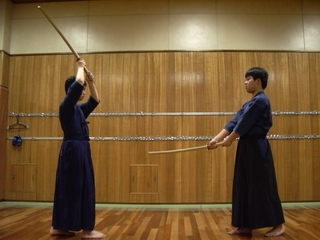
KATA refers to structured forms of movement practiced repeatedly to train the body until it moves instinctively. In martial arts like Judo and Kendo, beginners first learn KATA. The concept also exists in Sado and Kado, where apprentices learn exact movements from their masters. It extends even into traditional theater like Kabuki, crafts like swordsmithing, and service industries where newcomers are taught through form.
2. BA 場 – Place
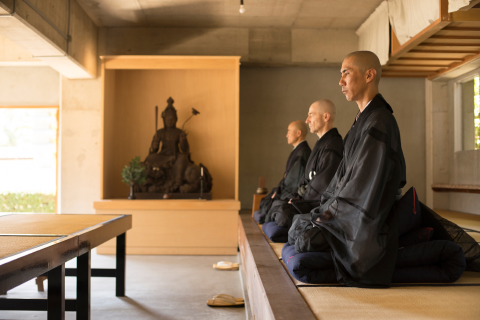
BA refers to the space where DO is practiced. This creates the word DOJO (道場), originally from Buddhist temples where monks trained. A DOJO is sacred—athletes bow upon entering to show respect and readiness. The boundary between the dojo and the everyday world is both physical and spiritual.
3. REI 礼 – Bow
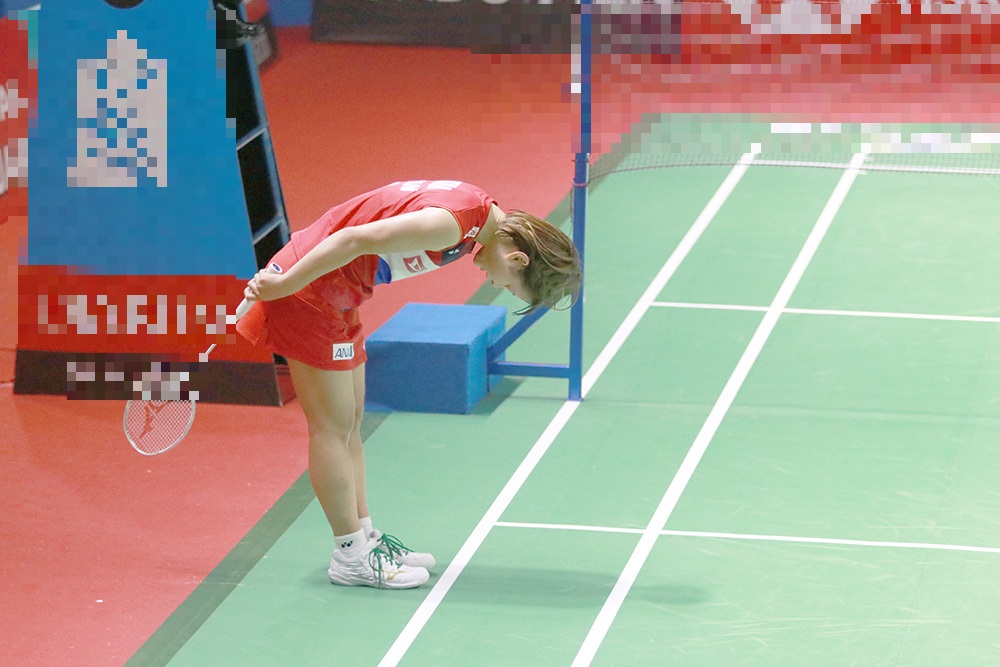
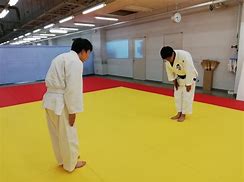
REI, or bowing, is a widely known Japanese custom used to greet, thank, or apologize. In DO disciplines, it symbolizes respect for the dojo, the masters, and fellow practitioners. This spirit extends beyond martial arts; you can see athletes like Shohei Ohtani bowing before entering the field, picking up trash, or handling equipment with care. Even children learn this behavior early, as part of DO culture.
DO in Modern Life and Business
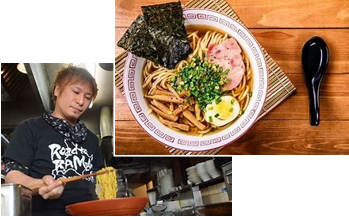
Some successful Japanese businesspeople apply the concept of DO to their work, calling it SHIGOTO-DO (the Way of Work). One ramen shop owner refers to his philosophy as ‘Ramen-DO.’ These expressions reflect a shared understanding among Japanese people that DO involves discipline, passion, and continuous improvement.
Conclusion
The word “DO(道)” is not simply a suffix—it represents a path toward spiritual and moral growth through continuous training. Seen in Judo, Kendo, Sado, and Kado, it includes three core concepts: KATA (form), BA (space), and REI (bow). Even in modern contexts like business or sports, the spirit of DO remains a powerful force in shaping Japanese behavior and values.


